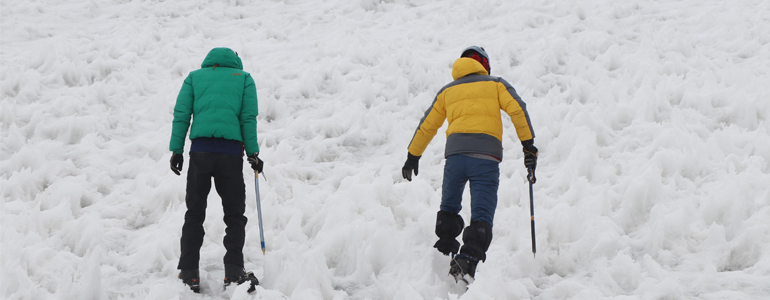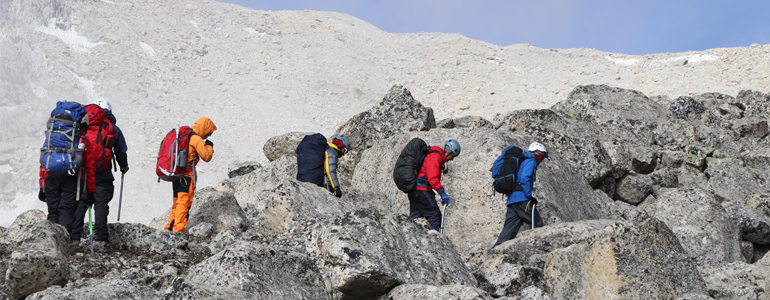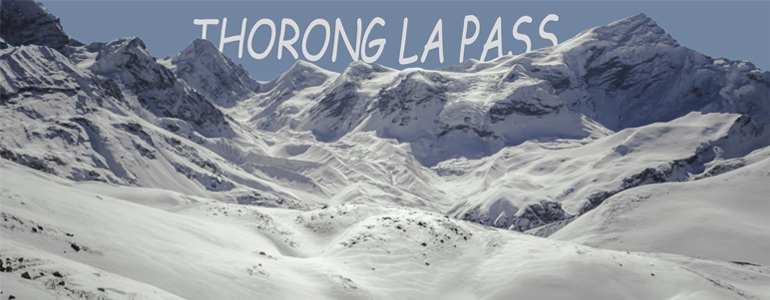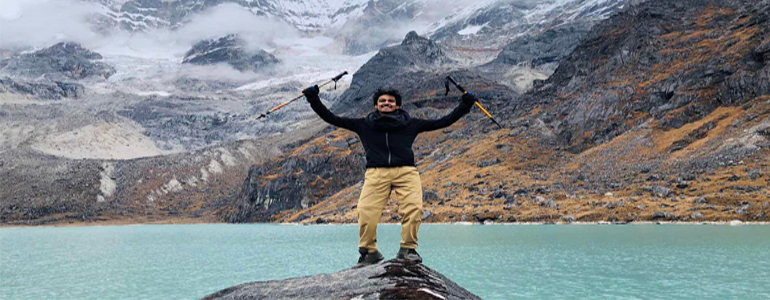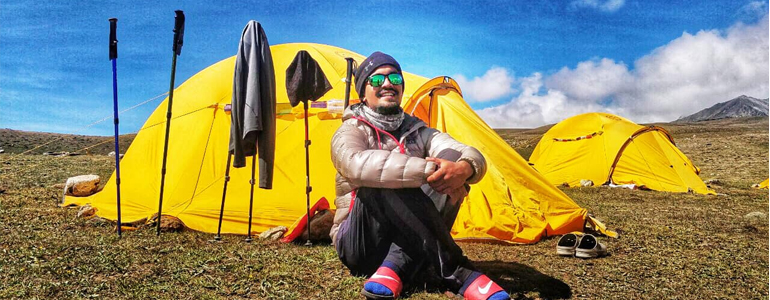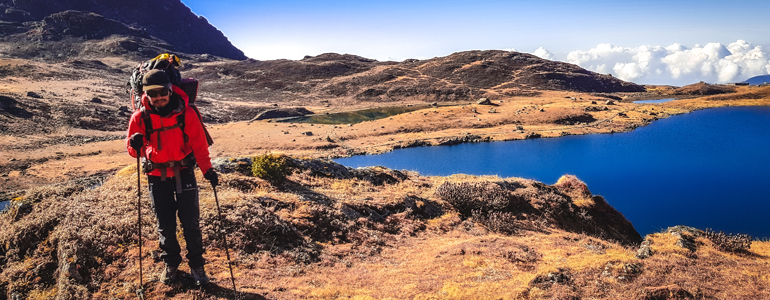The accumulation and ablation process of snow is the major factor of the mass balance of a glacier. In simpler terms, it could be said that it is the deposition and loss of snow amount in an alpine zone. The process deposition of snow is called accumulation while the process of losing the snow or ice amount is called ablation. These occur simultaneously and hence the mass of a glacier or a snow-covered terrain is balanced.
The general formula for the mass balance of a snow surface is given by:
Mass Balance = Accumulation + Ablation
Mass balance is the change in the mass of a glacier or ice body, or part thereof, over a
the stated span of time:
𝛥𝑀 =∫_t1^t▒Mdt
Where,
M= mass balance
t= time elapsed
dt= change in time
The term mass budget is a synonym. The span of time is often a year or a season. A seasonal mass balance is nearly always either a winter balance or a summer balance, although other kinds of the season are appropriate in some climates, such as those of the tropics. The definition of “year” depends on the method adopted for the measurement of the balance.
Components of accumulation:
There are many components that cause accumulation, some of them are listed below:
- Snowfall (usually the most important): Generally, 90% of the decomposition takes place via snowfall. Talking about the Himalayas, the monsoon precipitation causes a rapid increase in the snow level. This periodic accumulation of snow in the Himalayas has caused the origin of the perennial Himalayan Rivers.
- Deposition of hoar (a layer of ice crystals, usually cup-shaped and faceted, formed by vapour transfer (sublimation followed by deposition) within dry snow beneath the snow surface), freezing rain, solid precipitation in forms other than snow.
- The gain of windborne blowing snow and drifting snow (can be important for the survival of, for example, small cirque glaciers).
- Avalanching (can generate glaciers below the "climatic" boundary for glacier formation).
- Basal freeze-on (usually beneath floating ice)
- Internal accumulation: Refreezing of water within a glacier, between the summer surface and the bed, which goes undetected by measurements of surface mass-balance. See mass-balance units, zone. Accumulation beneath the summer surface is the refreezing of surface meltwater (or freezing of rain) that is in transit and otherwise would have left the glacier as runoff. In the case of meltwater, it may be regarded as redistributing mass within the glacier.
Components of ablation
In general, ablation could be defined as all the processes that reduce the mass of the glacier or a snow-covered terrain (Adhikari, 2018). The mass lost by the operation of any of the processes of sense 1, expressed as a negative number. These are the various factors which simultaneously with accumulation, loses the mass of a snow surface. Some of these factors are mentioned below:
- Melting (usually the most important on land-based glaciers. Meltwater that refreezes onto another part of the glaciers not referred to as ablation).
- Calving (or, when the glacier nourishes an ice shelf, ice discharge across the grounding line): Calving is iceberg discharge into seas or lakes; important, for example, in Greenland and Antarctica, where approximately 50% and 90%, respectively, of all ablation, occurs via calving; also important in Svalbard and Alaska, Arctic Canada and Russia.
- Loss of windborne blowing snow and drifting snow: Ablation occurs as the wind blows the fresh snow away.
- Avalanching: It reduces a large volume of snow instantly.
- Sublimation (important, for example, at high altitudes in low latitudes (tropical glaciers), in dry climates, and on blue-ice zones in Antarctica; is a function of vapour-pressure)


